
Cleveland's Falling Industry
December 23, 1814 marks the date that Cleveland would receive its charter as a village under the name of Cleaveland, named after U.S. General Moses Cleaveland.
By 1820, the village population had grown to 606 people, while Cuyahoga county in its entirety held 6,328.
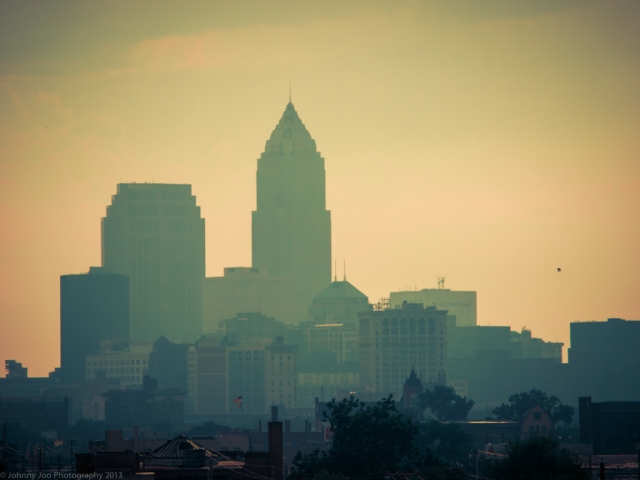
Some years later, on January 6, 1831 The Cleveland Advertiser changed the name of the village, dropping the first “a” in order to fit the generals name upon the newspaper’s masthead. It was not long after this, that Cleveland would come to creation as its own official city in the year 1836.
By 1850, Cleveland saw a significant rise in population, bringing in numerous jobs, a strong workforce and wonderful living place to its 17,034 residents. As the city continued establishing larger businesses, such as Sherwin Williams in 1866, the rise of the steel industry in 1868, and the Standard Oil Company established by John D. Rockefeller in the year 1870, population grew with it reaching 92,829 and was noted as the 15th largest city in the nation.
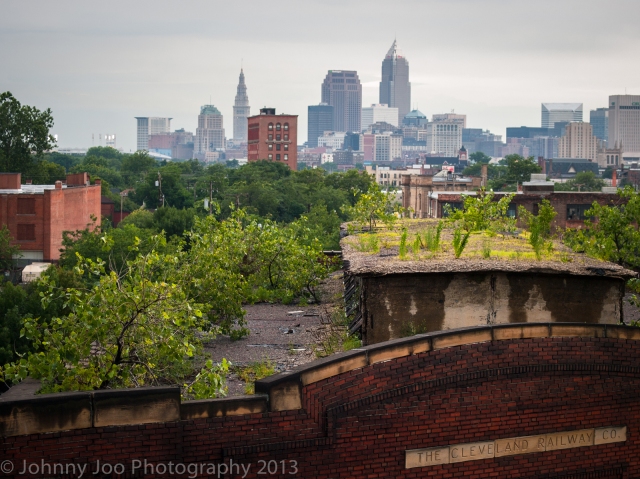
The year 1890 rolled through, along with the first electric streetcar shortly before in 1888. Cleveland’s population was now 261,353 and ranked as 10th largest city in the nation.
During the early 1920’s the economy was booming with business in both the textile and steel industry. Stocks were high, dramatically increasing in value topping the 100-point mark in industrial stocks. Clevelanders, as well as many others in the U.S. began to buy in. By this time, in the 1920’s Cleveland was now ranked 5th largest with a population of 796,841. Life was good, and the city was booming, until the great stock market crash of 1929.
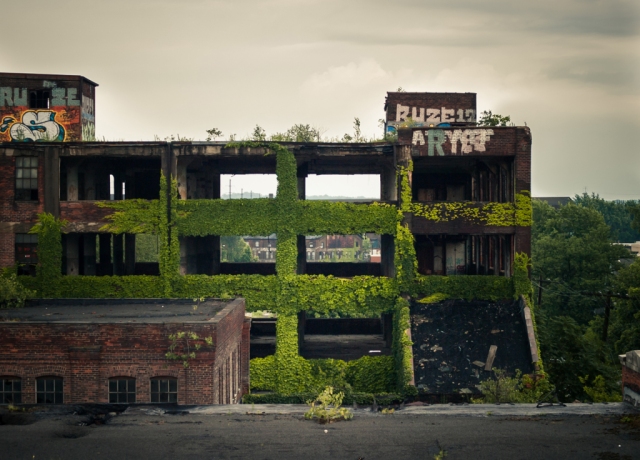

Among the cities vast collection of factories was Westinghouse Electric, founded by George Westinghouse, established in 1886 and finally reaching Cleveland in 1894 as a result of a patent-infringement lawsuit against the Cleveland-based Walker Mfg. Co. Westinghouse would come to have many notable engineers working for his company including William Stanley, Nikola Tesla, Vladimir Zworykin, Oliver B. Shallenberger, Benjamin Garver Lamme and his sister Bertha Lamme. The Westinghouse company rivaled General Electric, founded by George’s arch-rival, Thomas Edison.
Westinghouse pioneered long-distance power transmission and high-voltage alternating-current transmission, unveiling the technology for lighting in Great Barrington, Massachusetts.
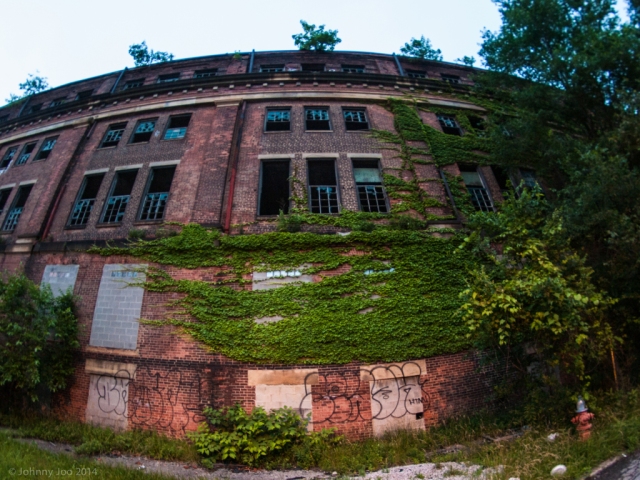
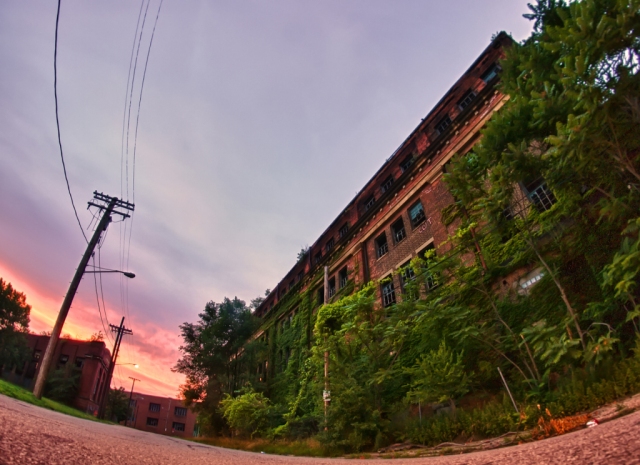

Many years and many creations later, the Cleveland Westinghouse facilities began closing their doors during the post-World War II period. The corporation expanded its sales and service activities, operation branches of sales and engineering, elevator, and repair divisions, as well as sales offices. By the mid-1970s most all Cleveland manufacturing locations had been closed, and anything remaining was continued through the Rockside Road location into the 1980s.
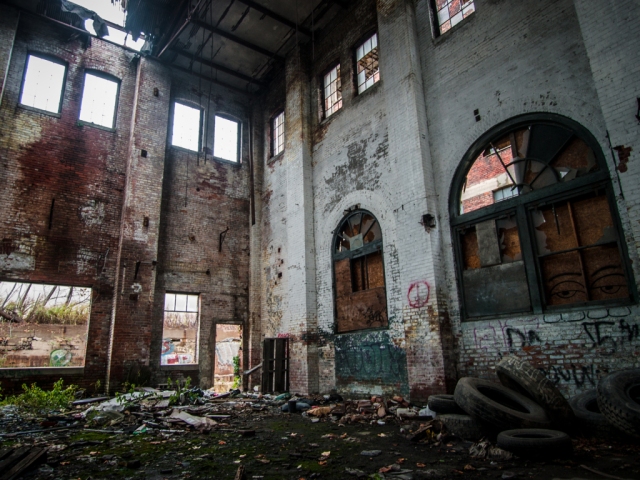
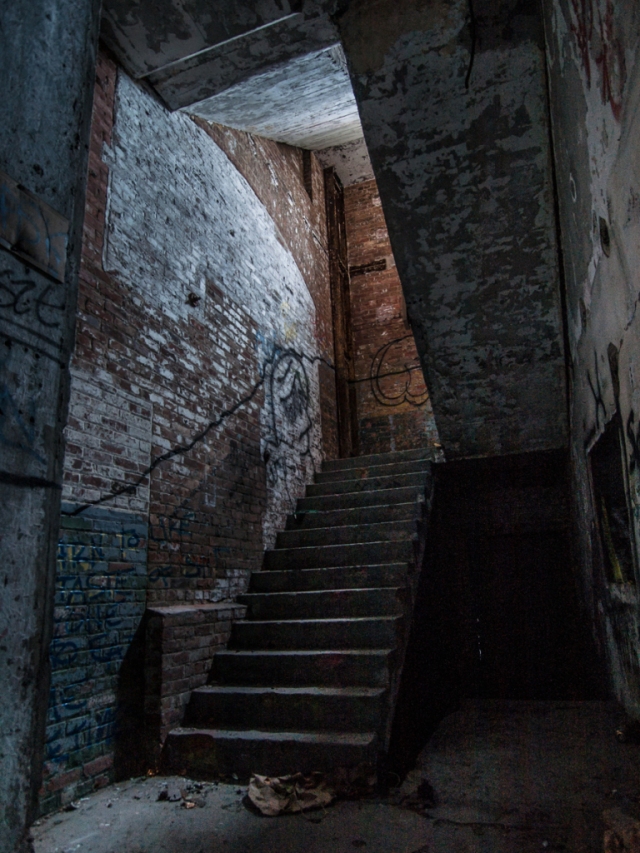


During the 1980s, the Reagan-era defense build-up brought Westinghouse lucrative government contracts as remaining factories geared toward the production of torpedoes. By 1993 this was brought to a halt, when defense cuts began affecting the company, and they were forced to lay off 150 workers from the Cleveland division. In 1994 the Eaton Corp. bought Westinghouse for $1.6 billion, who then began converting the research and development facilities, as well as the manufacturing plant, into commercially oriented enterprises.


Another notable location displaying part of Cleveland’s fallen industry is the Joseph & Feiss Cloth craft building on Cleveland’s west side. This company was a very important piece to Cleveland’s garment industry, coming from Meadville, PA in 1845 originally as Koch & Loeb, setting up a wholesale clothing store at 82 Superior St. This firm, which was run by Kaufman Koch, provided a general like of men’s and boys clothing as well as piece goods to tailors. After changing partners several times, the Koch & Loeb name would transition to the Joseph & Feiss Co. in 1907. During the 1920s, Moritz Joseph and Julius Feiss opened a new factory location, under the brand name “Clothcraft,” heavily advertising their $15 blue serge suit serving as the “Model T” of the clothing industry, providing steady business for the company until 1925.
In 1966, Joseph & Feiss merged with Phillips-Van Heusen Corp. but remained under the same original name through operations in Cleveland, where the production and sales of tailored men’s apparel continued, only under the Cricketeer and Country Britches label. Women’s clothes were added to the line in 1980, and shortly after in 1989 Hugo Boss AG, a West German clothing and accessory firm acquired Joseph & Feiss.




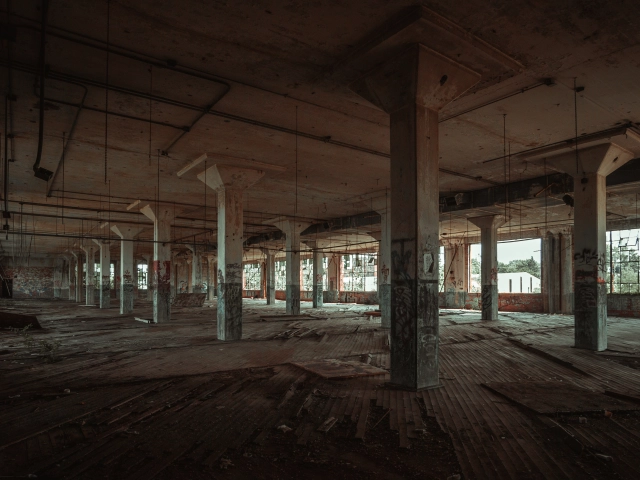
By 1995 the company employed 800 people in the Cleveland area. The following year, production of the Cricketeer and Country Britches label was put to an end due to a growing acceptance of casual clothing among Americans, as well as harsh competition from lower-priced imports; this lead to the lay off of over 200 workers. In 1997, Joseph & Feiss, along with nearly 450 employees moved any remaining manufacturing operations to a distribution center on Tiedman Road in Brooklyn. The company still continues production of suits, sport coats, and slacks for the Hugo Boss brand. The previous factory remains vacant and scarred by decay as it crumbles towards the ground, undergoing constant bombardment from scrappers, snow and rain.
The insides of this factory are covered with some beautiful work from various graffiti artists throughout the Cleveland area, and even some from out of state.





